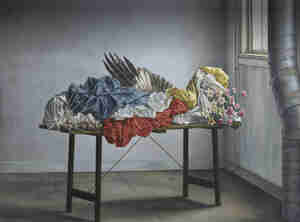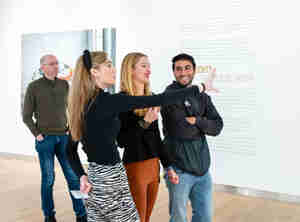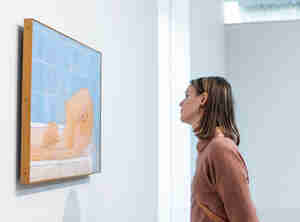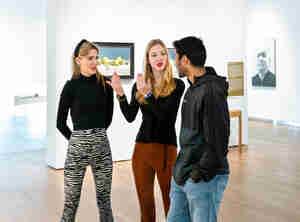- Plan your visit
- See and do
- Collection
- About us

Go back
Barend Blankert
Straw hat on the table, 2006
On the table, we see a straw hat, slightly off-centre in the well-considered composition. It appears to be illuminated by a low evening sun, and to possess mysterious – perhaps human – qualities. In a sense, The Hat is therefore a self-portrait by – and of – Barend Blankert (1941).
As with his pain
...
tings featuring people, who are always depicted at rest, this is a hushed scene. Furniture and other seemingly trivial items often make appearances in Blankert’s oeuvre. ‘The things simply need to be painted. They imperturbably force themselves upon me’, says the artist. For Blankert, painting is an intrinsic necessity and a prolonged process, in various layers of acrylic, alkyd and oil paints, always on panel.
Text: Renate Ketelaars, guide and museum host
Artist
Barend Blankert
Title
Straw hat on the table
Year
2006
Technique
Oil on panel
Size
59 x 74.5 cm (h x w)
Type of object
Painting
Copyright
© Erven Barend Blankert
This work is protected by copyright. You need permission from the creator or his heir to download, edit, copy or publish it.








